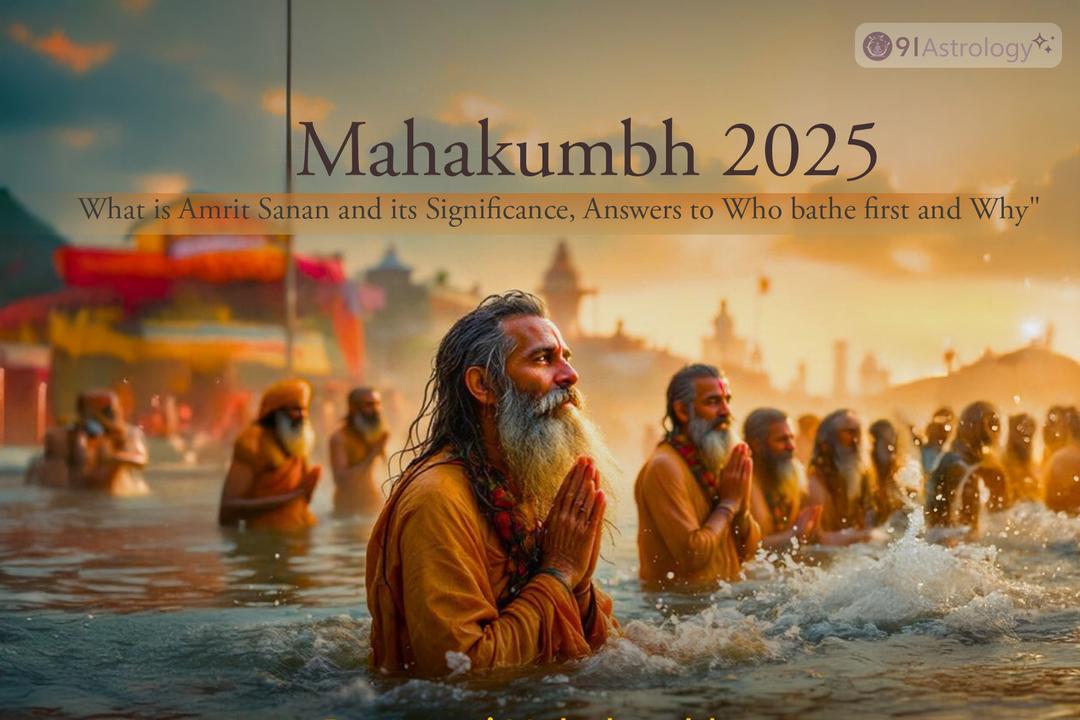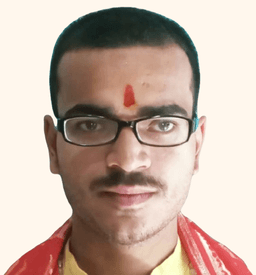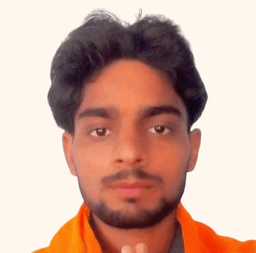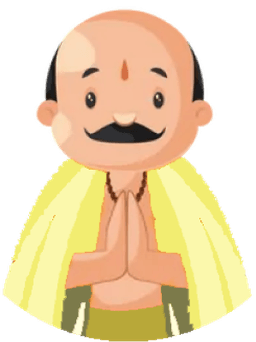Jagannath Temple, Puri, History

The Jagannath Temple is a Hindu temple dedicated to Lord Krishna. It is situated in the coastal city of Puri in the Indian state of Odisha. The word "Jagannath" means "Lord of the Universe." According to Hindu beliefs, the Jagannath Temple is one of the four pilgrimage sites known as Char Dham, and it is a temple of the Vaishnav sect. It is said to be dedicated to Lord Vishnu’s avatar, Lord Krishna, and the annual Rath Yatra (Chariot Festival) here is very famous. There are three main temples here: Lord Jagannath (Sri Krishna), his elder brother Balabhadra, and his sister Subhadra. The three deities are placed in grandly decorated chariots and taken around the city. It is believed that Jagannath Puri was first worshipped as Neel Madhav by the tribal chief Viswavasu about 1,000 years ago. This festival is celebrated with great enthusiasm during the mid-year, and the Rath Yatra is held at this time. It is of great significance to the Gaudiya Vaishnav sect. The founder of this sect, Sri Chaitanya Mahaprabhu, was attracted to the Lord and stayed in Puri for many years.
History
The first evidence of the Jagannath Temple is found in the Van Parva of the Mahabharata. It is believed that the first worship of Lord Jagannath as Neel Madhav was started by the Sabar tribe. Today, several servants in Puri’s temples are known as Daitapatis. The construction of the Jagannath Temple was initiated by Indradyumna, the king of Malwa. He had a dream vision of the Jagannath Temple, and extensive texts about him can be found. He conducted many grand sacrifices and built a reservoir. One night, Lord Vishnu appeared in his dream and told him about an idol of Neel Madhav hidden in a cave on Neelanchal Mountain. The king sent his servants to find this idol, and they encountered a Brahmin named Vidyapati who knew that the Sabar tribe worshipped Neel Madhav and had hidden the idol in the mountain cave. Vidyapati married the chief’s daughter and eventually managed to locate the idol and brought it to the king. Vidyapati was saddened by the theft of his deity's idol, and Lord Vishnu, feeling his devotee’s sorrow, returned to the cave but promised the king that he would return if a grand temple was built. The king constructed a temple and prayed for Lord Vishnu to reside there. Vishnu instructed him to retrieve a large piece of wood floating in the sea at Dwarka, which was carried to Puri. The king's servants were unable to lift the wood until the chief of the Sabar tribe, Viswavasu, effortlessly did so. The deity Vishwakarma appeared as an old man and agreed to carve the idols on the condition of working alone for 21 days. The queen, worried after hearing no sounds, broke the rule, and they found three incomplete idols. The king accepted this as divine will and installed the incomplete idols of Jagannath, Balabhadra, and Subhadra. The current temple was built in the 7th century and renovated by Odisha ruler Anantavarman Chodaganga in 1174 AD. Several smaller temples surround the main temple.
About the Jagannath Rath Yatra
The Jagannath Rath Yatra is an annual Hindu festival where Lord Jagannath, his elder brother Balabhadra, and their sister Subhadra travel from their home temple in Puri to their aunt's temple at Gundicha, about three kilometers away, in decorated chariots. It is believed that once Subhadra wished to visit her aunt in Gundicha, and to fulfill her wish, Jagannath and Balabhadra decided to accompany her in chariots. This event is commemorated every year with the Rath Yatra festival, where devotees pull the deities' chariots with ropes.
Best Time to Visit the Jagannath Temple
The Rath Yatra takes place in June, attracting large crowds. If you prefer a quieter visit to Puri, the best time is between October and March.
Rath Yatra 2024 Start Date
According to the Hindu calendar, the Ashadha Shukla Dwitiya begins on July 7, 2024, at 4:26 AM and ends on July 8, 2024, at 4:59 AM. Thus, the Jagannath Rath Yatra will start on July 7, 2024.







.jpg&w=1080&q=75)










































































































